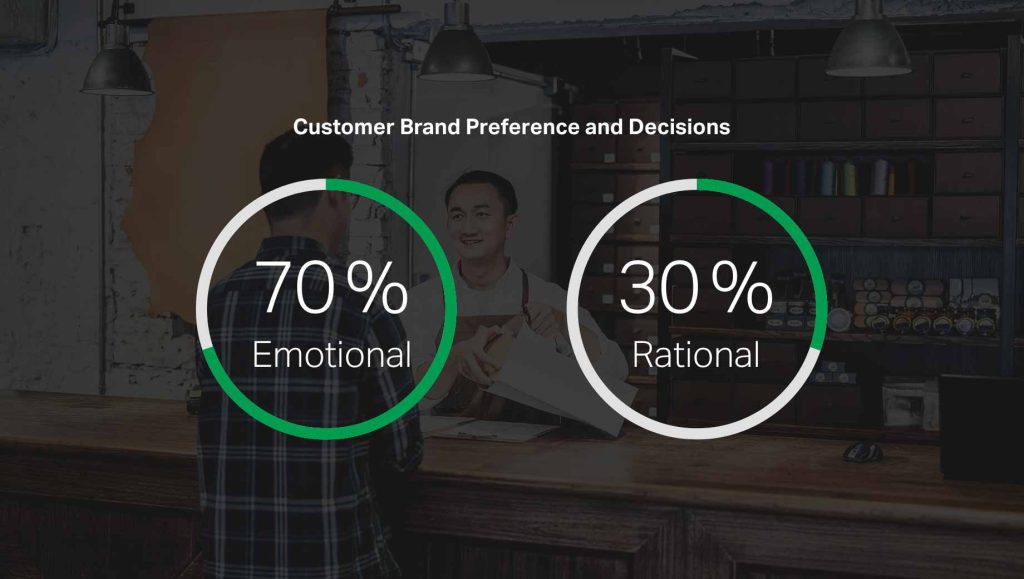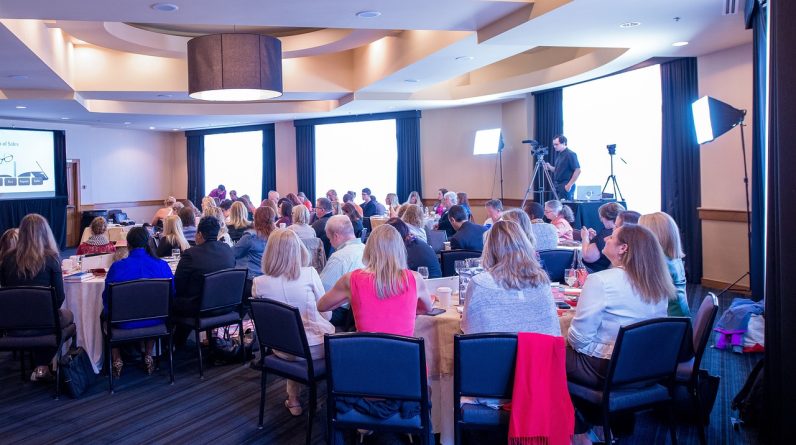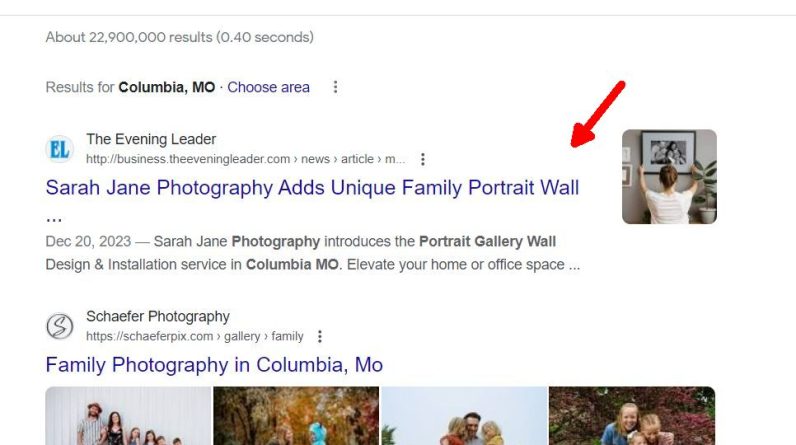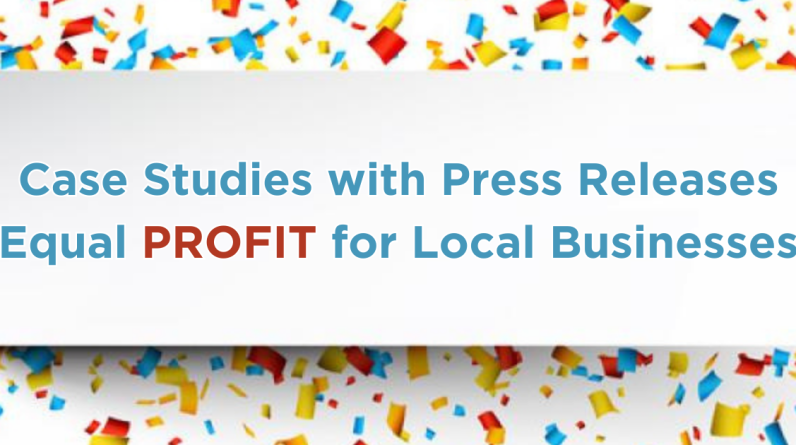While people like to THINK that their buying decisions are rational, based on facts, research tells another story. According to Gallup, 70% of decisions are based on emotion, including brand preference.

Other studies show even more of a preference for emotion over logic:
- 80% of the decision to make a purchase is emotional, 20% is logical (MarketingProfs)
- Only 8% of our buying decisions are based on logic, 92% is based on emotion and unconscious biases (Martin Lindstrom)
- 95% of all purchase decisions making takes place due to an emotional connection (Gerald Zaltman)
- People buy on emotion and justify with logic (Zig Ziglar)
Note that people use BOTH – emotion and logic – when they make buying decisions. But our emotions guide us more than we think. This is where case studies come into play.
The Role of Case Studies in Engaging Your Audience’s Emotions
Case studies are more than just a collection of facts and figures. They are storytelling tools that narrate the journey of someone who had a problem that you were able to solve. Problems make people feel stressed. Anxious. Worried. Right?
Using those emotions to “hook” your case study reader makes them keep reading what you have to say.
Imagine these scenarios. Your potential customer may feel emotional because:
- They need to sell their home quickly.
- Their carpets are stained and worn, and they want a desperately want a fresh look before the holidays.
- Low water pressure in their house makes it impossible to take a shower when you’re watering the lawn.
- A recent storm damaged their roof, and they’re unsure whether to repair or replace it.
In all these scenarios, emotions are running high. People are uncomfortable. They want that feeling to go away!
Providing Them a Logical Context for the Solutions You Offer
When potential customers read a case study from your company about how you successfully solved a problem similar to theirs, it changes the game! They see themselves in the story. They imagine the relief of finding a solution. And hiring you makes logical sense! For example:
- Your case study shows how a home was sold in less than two weeks at the asking price.
- You detail how carpets were transformed, and stains easily disappeared.
- You describe the joy of improved water pressure in daily life.
- You narrate how a damaged roof was repaired, providing peace of mind for the next 20 years.
These case studies evoke emotions of hope and optimism. They let your audience know that a solution exists and it makes sense to talk to the company who can provide it. Case studies, strategically written, align the emotions and rational thoughts of your potential customers, making your company the obvious choice for them.
In conclusion, case studies are a powerful tool that combines the emotional and rational aspects of human decision-making. They engage your audience, provide solutions to their problems, and boost both your SEO and CRO efforts.
If you’re a local business looking to harness the potential of case studies, don’t hesitate to reach out. Let’s discuss how this proven strategy can work for you and take your business to the next level.
I follow this strategy – I write the case studies – I add them to your site – and I promote them! Let me relieve some of the stress of promoting your business online – it only makes sense!
###
You may also be interested in reading: How Case Studies Help You Avoid Being Seen as a Commodity







